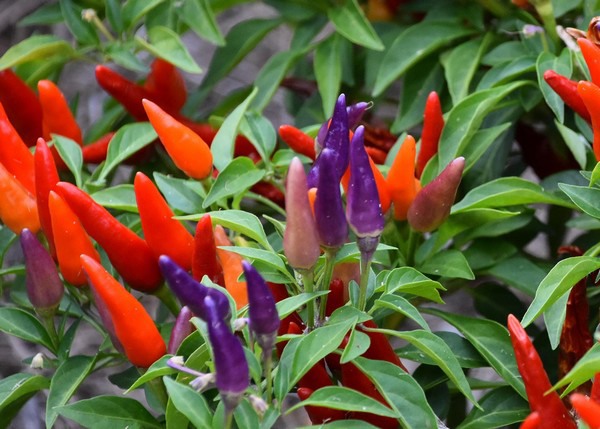"As an ornamental horticulture guy, I’m always thinking about how to expand or extend the usefulness of our landscape and garden plants. I’ve been toying with a nontraditional use for ornamental peppers," writes Dr. Gary R. Bachman with MSU Extension Service.
"This is a group of attractive plants many of us grow during the summer. They come in a colorful and wide variety of selections. I have always marveled at how the colors change as the pepper fruit matures across the season. The idea I’ve been playing with is growing some ornamental peppers indoors during the winter and using them in Christmas and holiday season décor."
Slowly, over the years, garden centers and floral designers have been adding ornamental peppers to their holiday creations. In fact, the Chili Pepper Institute at New Mexico State University has developed an entire series of ornamental peppers to celebrate the holidays, from NuMex New Year’s Day to NuMex Christmas.
"What I like about using ornamental peppers as holiday plants is the fact that the plants continue to produce multicolored fruit over most of the winter. Most of the ornamental peppers grown for the holidays stay small and are well-mannered," Gary said.
Chilly Chili seems to explode in a dramatic, colorful demonstration. Fruit starts as yellow-green and transitions to a bright orange and red.

"Chilly Chili is a great choice for container planting, as the plants reach just 1 foot tall and wide. These peppers are not hot and are probably the safest to grow around curious children," Gary adds.
Young Sangria peppers emerge greenish-yellow and then march through a parade of colors from orange, lilac, purple, and finally on to a glorious crimson red.

